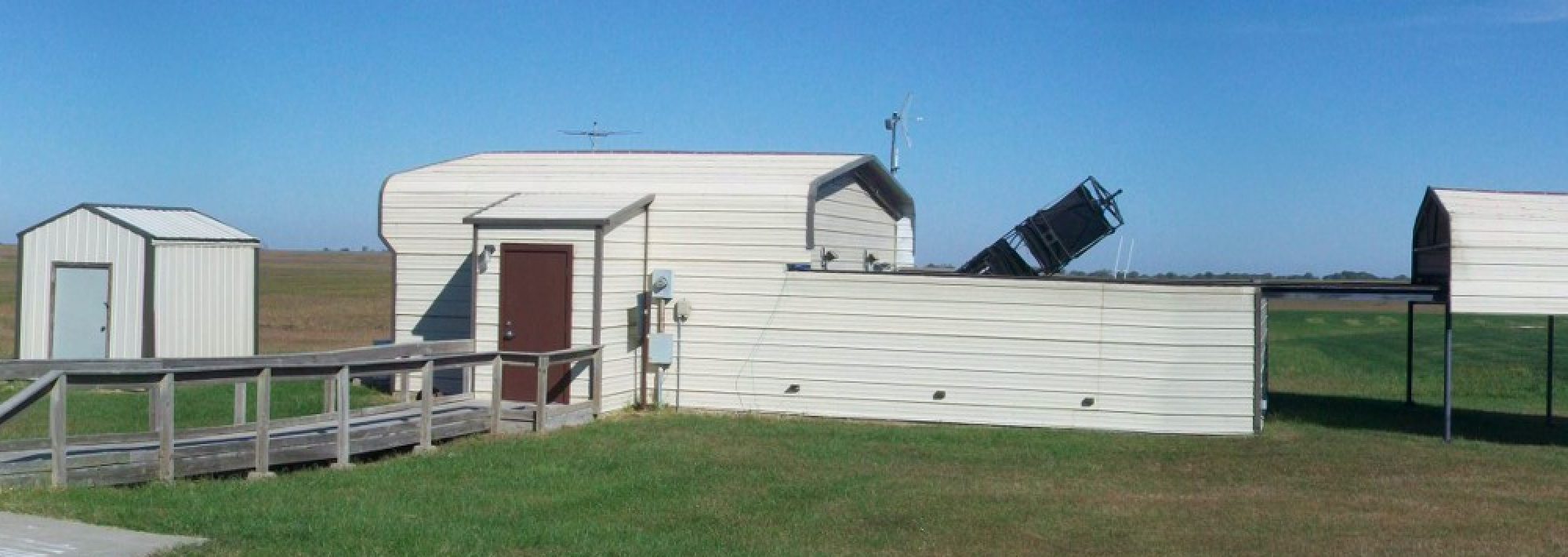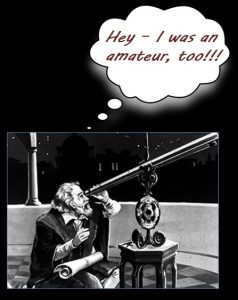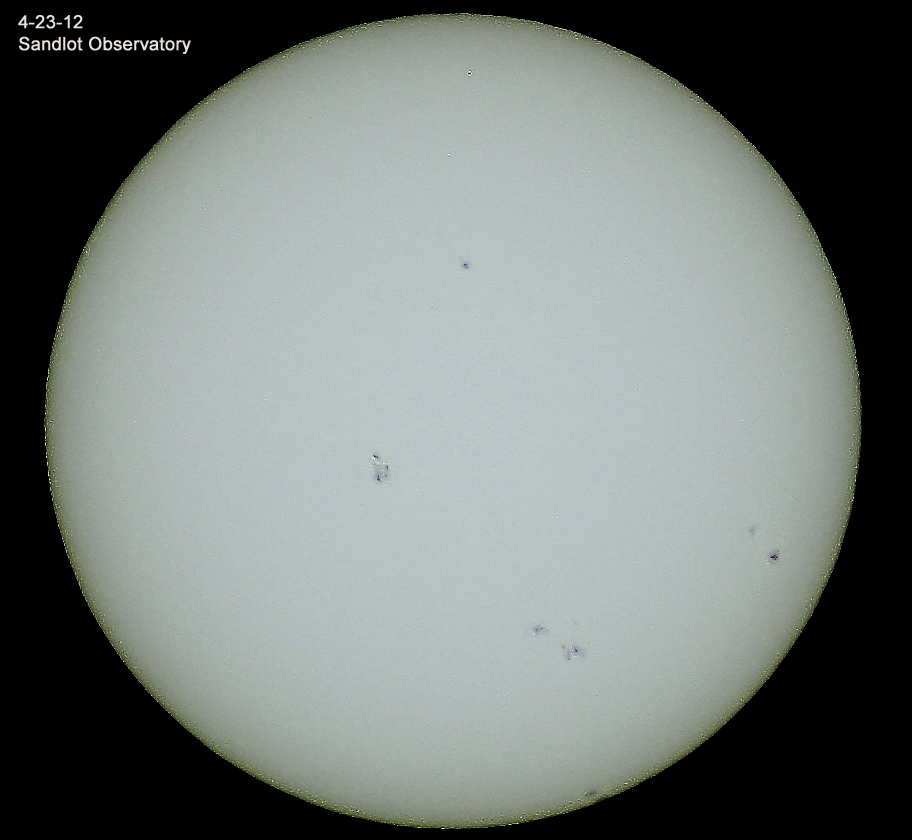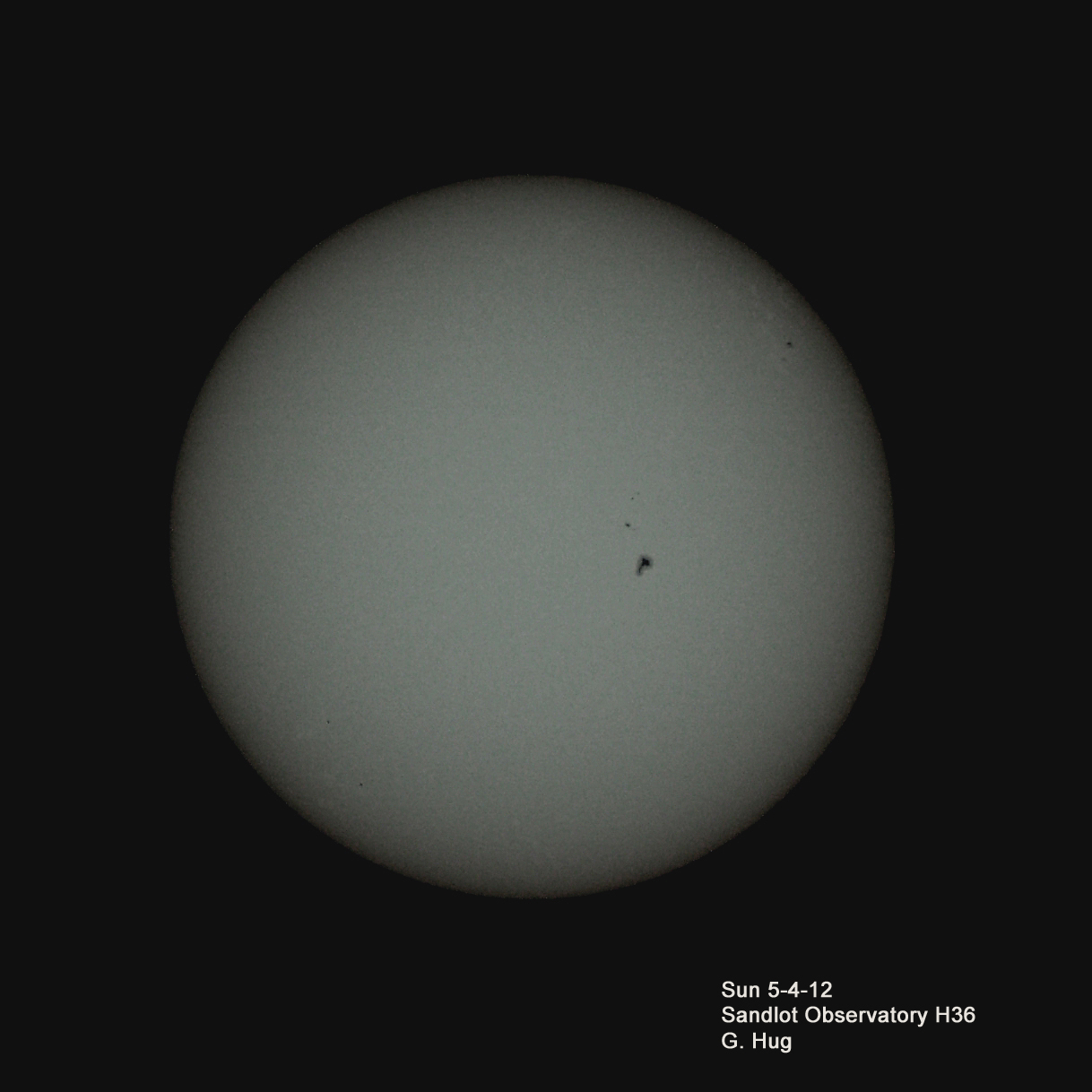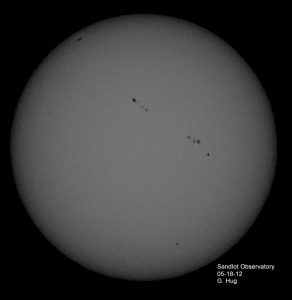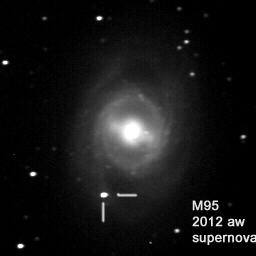Prez Sez
One of my favorite things to do is to show people neat things in the night sky. But NEKAAL has also gotten some pretty neat stuff because of our outreach activities—more on that later. We’ve had a pretty active summer on the Outreach front. The Venus Transit on June 5 gave us the chance to show this once-in-a-lifetime event to over 160 people. WOW!
We added two more Open Houses at Farpoint, and attendance has been great all summer. (It’s about the only good thing that’s come from this hot, dry weather!) We’ll be open all night on August 11 for the Perseid meteor shower, which is kind enough to peak on a weekend this year. Great stuff!
NEKAAL was one of the first clubs to join NSN, back in 2004. Since then, we’ve received toolkits containing training videos, material and supplies that have been used all over northeast Kansas. Topics have included the Sun, the solar system, telescopes, black holes, and many more. The star maps handed out at Farpoint came from one of the earliest toolkits, and we’re still handing out dozens each year. What do we have to do to get this stuff? Just use the material and log five events a year with NSN. You can’t beat free!
BUT THERE’S MORE!
If a member club logs two events in a quarter, they’re entered in a drawing for more stuff. NEKAAL has won four times, receiving materials with a retail value in the hundreds of dollars. First was a moon globe and books, including an Atlas of the Moon, all in residence at Farpoint. We also won the Solarscope that was used at the Venus transit. My favorite was a special award—a tiny little lunar meteorite. Last week we received our latest prize, a 12” Mars Globe from Sky and Telescope, which I’ll bring to the general meeting on July 26.
All of these things are pretty neat. But to me, the best thing is still sharing astronomy with others. Just can’t beat it.
